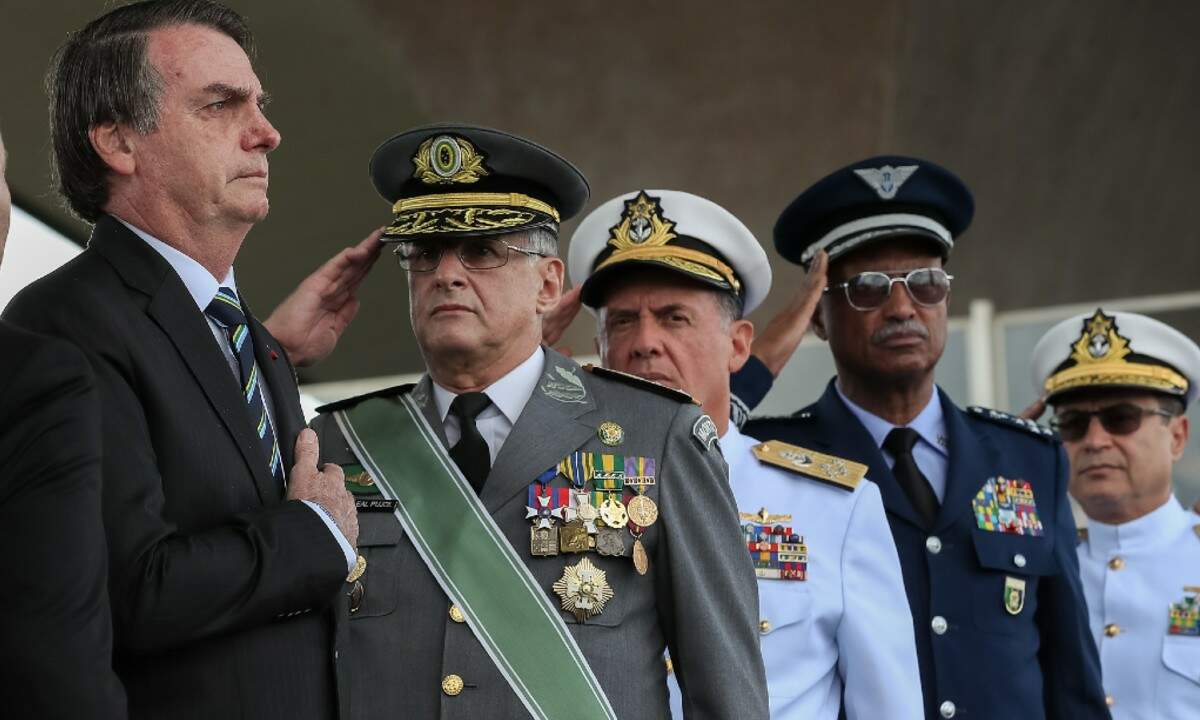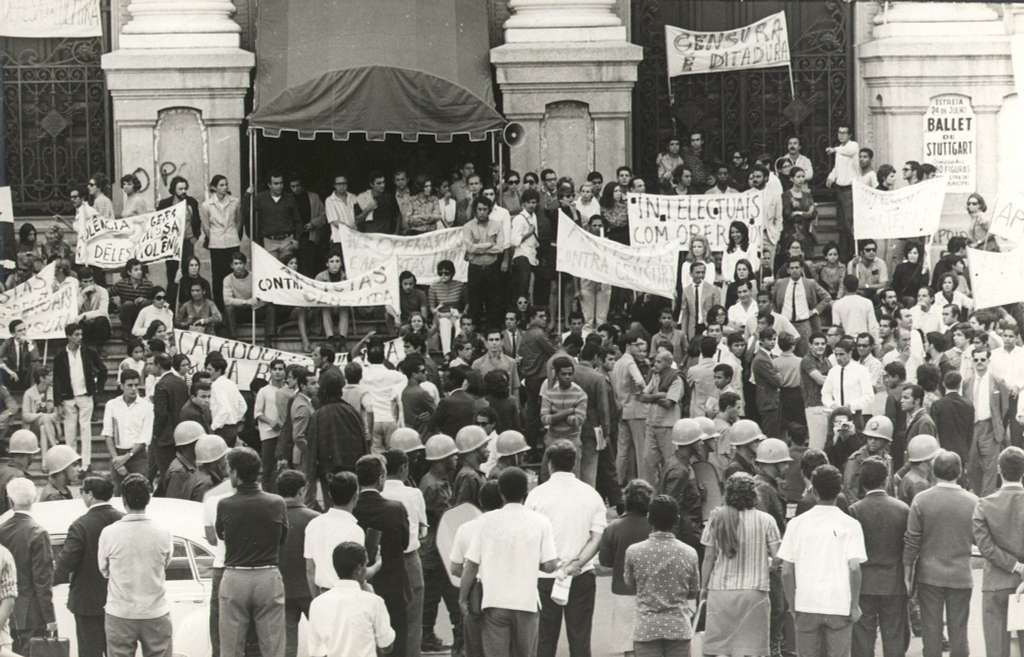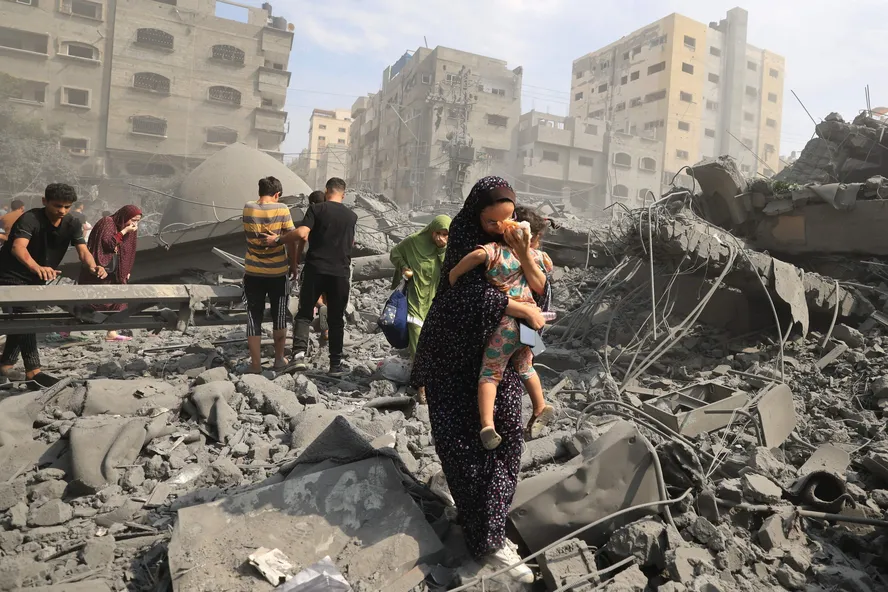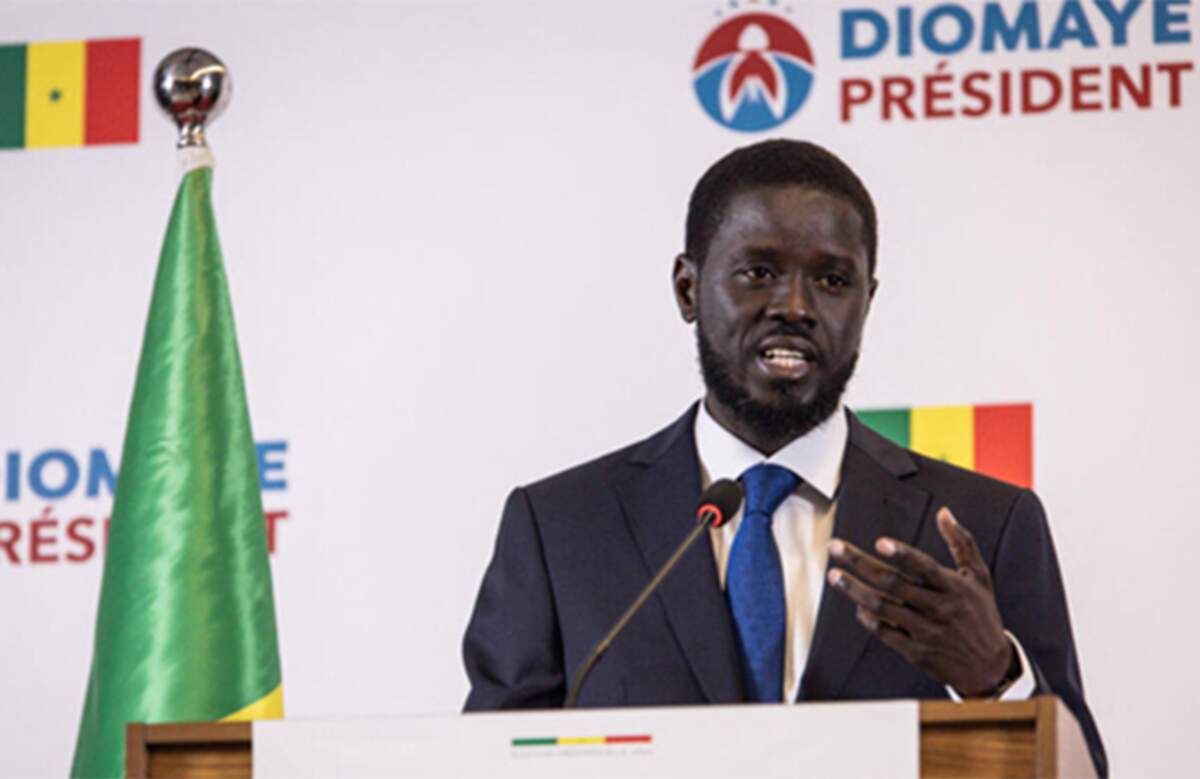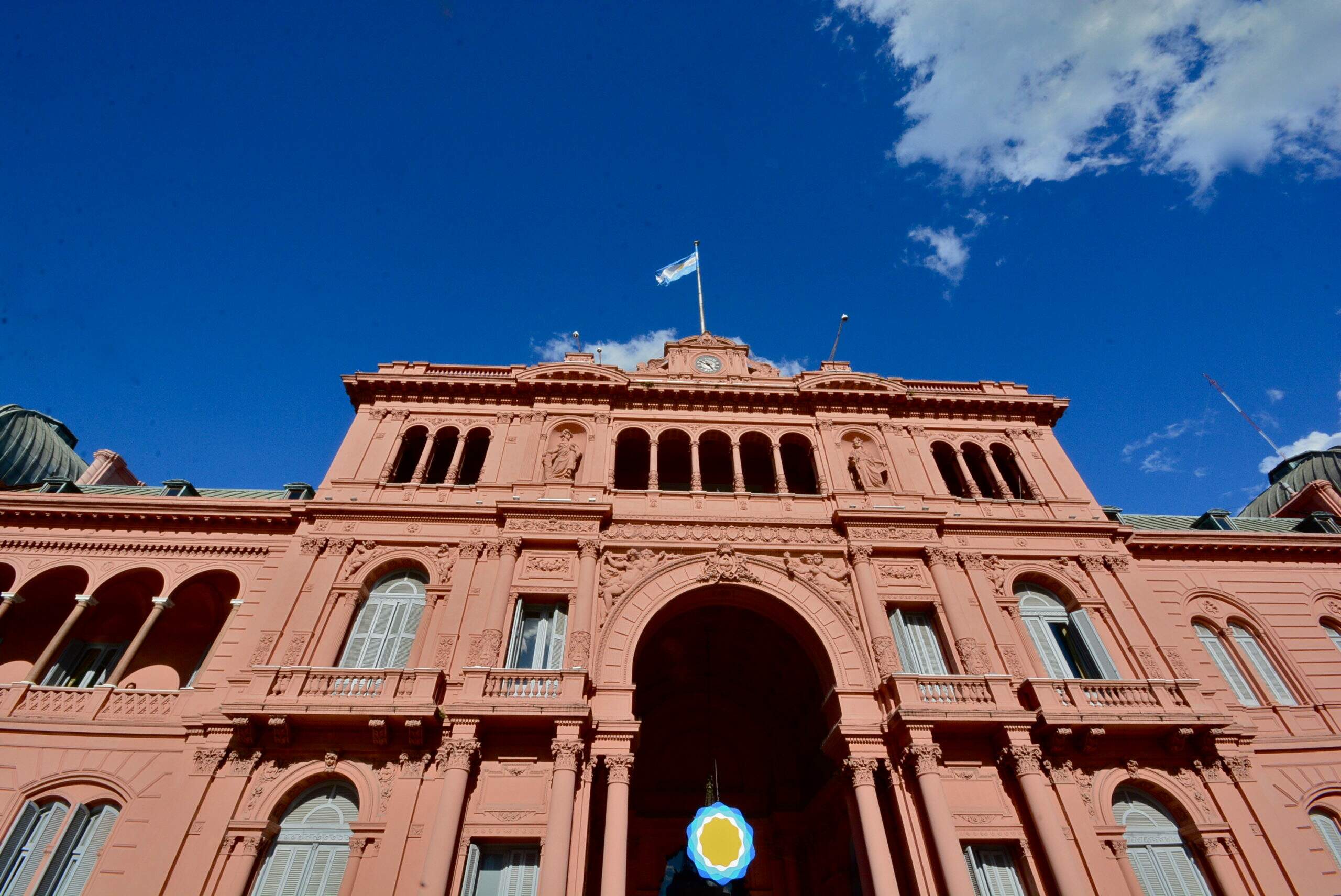
There are few opportunities to explore peace in its most different dimensions. In the so-called American Midwest lies a distinguished institute where senior researchers, practitioners, visiting researchers, and young scholars exchange not only their passion, but also their diverse views and understandings about peace. Supporting the expansion of the Peace Studies research agenda, the Kroc Institute for International Peace Studies at the University of Notre Dame organizes every year a one-week Summer Institute for faculty, bringing together participants from different regions of the world. They have already accumulated vast experience organizing this academic week for the last eight years.
“Teaching Peace in the 21st Century” was the theme of last year’s event held from June 13 through June 17 and headed by Professor George A. Lopez. The picture above shows the reunion of the 2016 participants, faculty, and organizing members. In this endeavor towards teaching, exploring, and strengthening Peace Studies, the 2016 edition of the event was jointly sponsored by the Kroc Institute and the United States Institute of Peace (USIP). Also, with the purpose of encouraging applications from all over the world, the International Studies Association (ISA) contributed by advertising this activity among its fellow’s members.
In order to participate, each institution must form a team of three faculty members. Representing graduate and undergraduate programs, sixteen faculty teams attended the 2016 edition. It should be noted that the event is not restricted to professors; in fact, administrative staff is also welcome at the Summer Institute. Last year, for example, the stimulating diversity of participants included deans of different universities. Moreover, even though the majority of the attendees were from American universities, teams from Afghanistan, Brazil, Canada, England, Nigeria, Sri Lanka, and Uganda joined that edition, producing a very dynamic and rich work environment.
The participants selected to attend the Summer Institute are advised to have an “action plan” at hand. More specifically, each institution is required to delineate their main expectations and goals beforehand in order to work and further develop them throughout the week. Trying to fulfil the different needs and aims of all teams, the Summer Institute presents the “whereabouts” of Peace Studies, indicating its origin, its current state, and also its expected future. This means the schedule is diverse, but more importantly, it is very intense. The visiting team must be prepared to work and participate in a full-time week.
During the week there are plenty of opportunities to understand what has already been done and what ought to be in terms of the study and practice of Peace Studies. The activities vary from indicating how to develop a Peace Studies syllabus, train students to work in the context of peacebuilding interventions, advertise master courses, exchange e-learning tools, share experiences of conflict transformation, to build networks in order to enhance opportunities for the development of the study and practice of peace. The Summer Institute also offers sessions about current prominent topics in Peace Studies, outstanding publications in the field of peace research, and practical experiences considering pedagogical and administrative procedures to develop and implement a Peace Studies program. To put the event together, the Summer Institute is staffed by members of Kroc’s core faculty, Ph.D. students, visiting researchers, and staff members from the Kroc Institute and USIP. They fruitfully engaged attendees in academic discussions, and also helped to consolidate partnerships during the free time between sessions (breakfast, dinners, and camping). Moreover, the value of the event also stood in the fact that participants belong to institutions of different capacities: academic and professional. This year’s further included seminaries and centers dedicated to the development of research as well as to educating professionals in peacebuilding and conflict management skills.
In a nutshell, Peace Studies was primarily inspired and developed by the work of Johan Galtung, founder of the Journal of Peace Research in 1964 and member of the Peace Research Institute of Oslo (PRIO). This important cluster also motivated the emergence of other centers around the world such as in the Department of Peace and Conflict Studies (Uppsala University), the Stockholm International Peace Research Institute, the Geneva International Peace Research Institute, the Tampere Peace Research Institute, among others. Galtung’s work has immensely contributed to the advancement of the understanding of peace in its different dimensions: negative and positive. On the one hand he defines negative peace as the “absence of violence of all kinds” – “direct violence”, “structural violence”, and “cultural violence”[1] (Galtung, 1969; 1990) –, on the other he states that “by positive peace we mean a cooperative system beyond ‘passive peaceful coexistence’, one that can bring forth positively synergistic fruits of the harmony” (Galtung, 1996: 61).
In pursuit of peace, Peace Studies developed to incorporate myriads of perspectives and knowledge from different disciplines, taking on a multidisciplinary research approach. International Relations, Political Science, Sociology, History, Psychology, and many other fields of knowledge are potential areas in the peace research path. Altogether, it can result in a normative research (Höglund; Öberg, 2011: 4) or, said differently, it can be characterized as a discipline that seeks alternatives to the cessation of violence and the achievement of peace by improving current human condition (Wallesteen, 2011). Moreover, the research agenda of Peace Studies also implies paying attention to local communities not being restricted, therefore, to the international arena.
It is important to emphasize, however, that even though peace research has been slowly expanding worldwide, it is still dominant in centers of Western developed countries, where more resources to build prominent networks and to implement action plans are available. Yet, violence is predominantly present in developing countries. The immediate question arises as to whether or not the peripheral centers have a role to play towards the achievement of peace. We would firmly argue that they do indeed. Already committed to the reduction of violence, the developing world centers should explore their potential to provide their own responses to the causes of violence. To this endeavor, the Summer Institute could be seen as an extraordinary first step. The possibility of further professionalization and capacity-building, as well as, the opportunity to foster future partnerships with well-established centers.
Considering the rising role of Brazil in the international arena and its location in South America, it seems that the Brazilian graduate programs are still shy or reluctant to this field of research. The question arises again as to whether or not they have a role to play. The Rede de Pesquisa em Paz, Conflitos e Estudos Críticos de Segurança (Network of Peace, Conflict and Critical Security Studies – PCECS network) is a response to this challenge. On top of this, the International Relations Graduate Program “San Tiago Dantas” (UNESP, UNICAMP, PUC-SP) and the young team of scholars of the International Security and Defense Study Group – GEDES have also been exploring the options to the development of peace research in Brazil. They attended the Kroc Summer Institute to learn how to incorporate Peace Studies as a new approach and research agenda at Sao Paulo State University (UNESP). This initiative will add substantive efforts to what was achieved at the Federal Latin America Integration University (UNILA) where a Chair of Peace Studies was created. Perhaps, these are the preliminary steps to cross the bridge to a new era where those who are interested in pursuing this path may feel encouraged to institutionalize the actions that have already been taken place around the country in a more informal way.
For more information about the 2017 Summer Institute, please see: http://kroc.nd.edu/news-events/events/2017/06/19/1891
References
GALTUNG, Johan. “Violence, Peace, and Peace Research”, Journal of Peace Research 6-3, (1969): 167-191.
______. “Cultural Violence”, Journal of Peace Research 23- 3, (1990): 291-305.
______. Peace by Peaceful Means: Peace and Conflict, Development and Civilization. Olso: PRIO International Peace Research Institute/London: SAGE, 1996.
HÖGLUND, K.; ÖBERG, M. “Doing empirical peace research”. In: HOGLUND, K.; OBERG, M. (eds.). Understanding Peace Research: methods and challenges. Nova Iorque: Routledge, 2011.
WALLESTEEN, Peter. “The Origins of Contemporary Peace Research”. In: HÖGLUND, K.; ÖBERG, M. (eds.). Understanding Peace Research: methods and challenges. Nova Iorque: Routledge, 2011.
Vanessa Braga Matijascic is a visiting professor of International Security at the Federal University of Sao Paulo (UNIFESP), Professor of International Relations at Fundação Armando Alvares Penteado (FAAP) and researcher of the International Security and Defense Study Group – GEDES UNESP. E-mail: vanessa.matijascic@gmail.com
Natália Bueno Schenoni is a visiting researcher at the Kroc Institute for International Peace Studies, a former visiting researcher at the GIGA Institute of African Affairs, and a doctoral candidate at the University of Coimbra, Portugal. Natália is also “unespiana”, having completed her bachelor’s degree in International Relations at UNESP – Franca, Brazil. Her research interests include conflict transformation, transitional justice, reconciliation, and Sub-Saharan Africa. E-mail: na.bueno@gmail.com; ndacosta@nd.edu
Image: Summer Institute for Faculty, University of Notre Dame, 2016.
This text was previously published on Rede de Pesquisa em Paz, Conflitos e Estudos Críticos de Segurança (PECS)and on Mundorama.
*The opinions expressed in this article are the author’s own and do not reflect or represent the view of any institution mentioned in the text. Above all, we are grateful to our colleagues, Marina Vitelli and Juliana Bigatão, who dedicated their time reading and sharing their opinions on a preliminary version of this article.
[1]According to Galtung, direct violence can take many forms and can be understood as all kinds of harm to the body, mind, or spirit in a physical or verbal way; structural violence as the harm embedded in a set of structures, both physical and organizational, and represented by ordinary or mandated ways of doing things that prevent the satisfaction of basic human needs (Galtung, 1969); and cultural violence as “[…] those aspects of culture, the symbolic sphere of our existence – exemplified by religion and ideology, language and art, empirical science and formal science (logic, mathematics) – that can be used to justify or legitimate direct or structural violence”(Galtung, 1990: 291). Moreover, the author further explains that “direct violence is an event; structural violence is a process with ups and downs; cultural violence is an invariant, a ‘permanence’, remaining essentially the same for long periods, given the slow transformations of basic culture (Galtung, 1990: 294).




